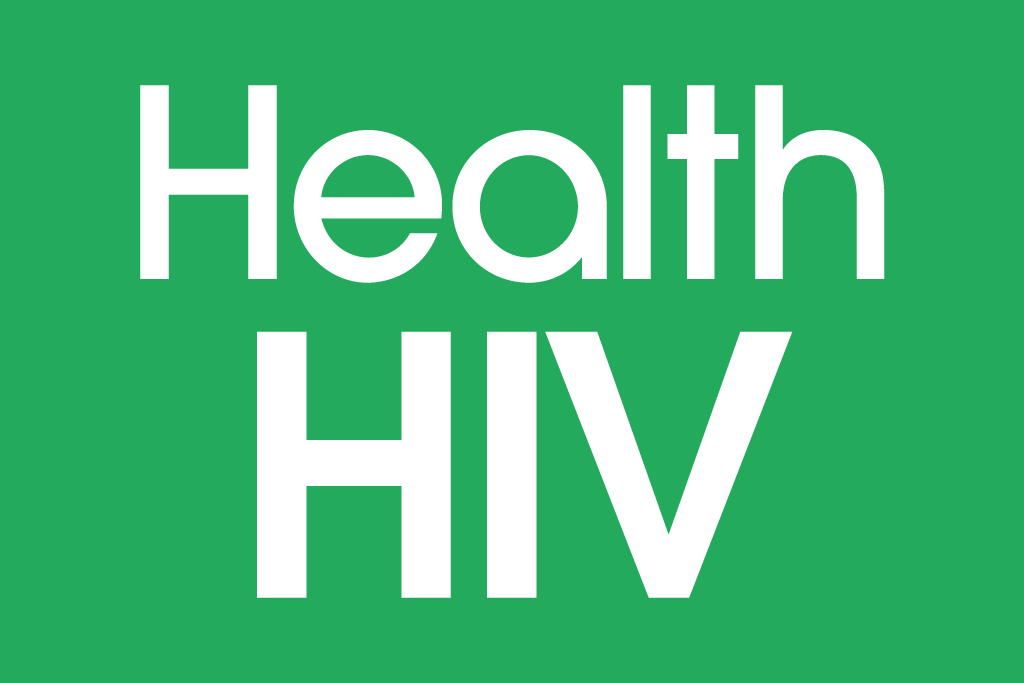Resources
Everyone’s experience is different, and that’s important because NO ONE symptom just shows up to indicate that you might have HIV. That is why getting tested is so important. In the beginning, it can be frightening, but these individuals overcame their fears and have triumphed.
This study assessed the effectiveness of a Ryan White Part A-funded HIV Care Coordination Program for short-term care re-engagement and viral suppression among people without recent HIV medical care.
The aim of this study was to assess the feasibility of a national pre‐exposure prophylaxis (PrEP) programme using smartphone‐compatible data collection.
Evidence-based intervention: A high-intensity support, low-threshold care access clinic specifically for persons with HIV who have extensive barriers to HIV care.
“I feel my heart releasing,” the actor Billy Porter said when he ended his 14-year silence earlier this year. Every day, folks who are newly living openly with HIV experience what he’s talking about.
Consistent with the global trend, youth with HIV (YWH) in Nigeria have high rates of viral nonsuppression. Hence, novel interventions are needed. In a single-arm trial, participants aged 15–24 years received 48 weeks of a combination intervention, comprising daily 2-way text message medication reminders plus peer navigation.
The Patient-Centered HIV Care Model integrates community-based HIV specialized pharmacists and HIV clinic medical providers to provide patient-centered care for persons with HIV.
This manuscript documents the development of an innovative individual-level peer navigation intervention “Salud y Orgullo Mexicano” (SOM) designed to increase linkage and retention to HIV care for Mexican men who have sex with men (MSM) in Chicago, Illinois.
Prevention and care service integration, pivotal for the HIV care continuum, depends on relationships among service providers and agencies offering HIV services. To better train and allocate professional development resources for these providers, research is needed to assess the overall differences between provider-type and their demographics, intrapersonal factors, and job characteristics.
This peer linkage and re-engagement intervention has been informed and adapted from the best practice findings of a past SPNS initiative that yielded successful HIV care continuum outcomes among client participants.
These are the stories of three people who are using their experiences of living with HIV to encourage people to get tested, share their stories, or find out what options are best for them.
The aim of this study was to present statistical methods that maximize the use of existing electronic medical records (EMR) to monitor compliance with evidence-based care guidelines in low and middle-income countries (LMICs).



